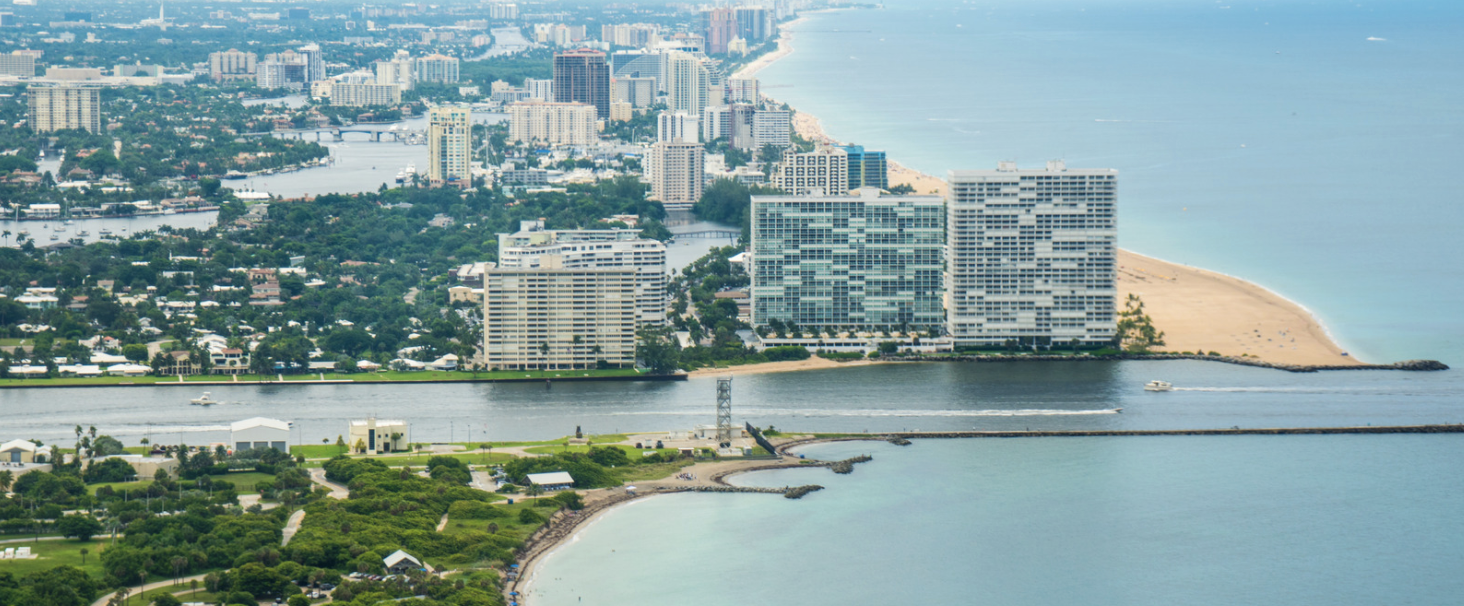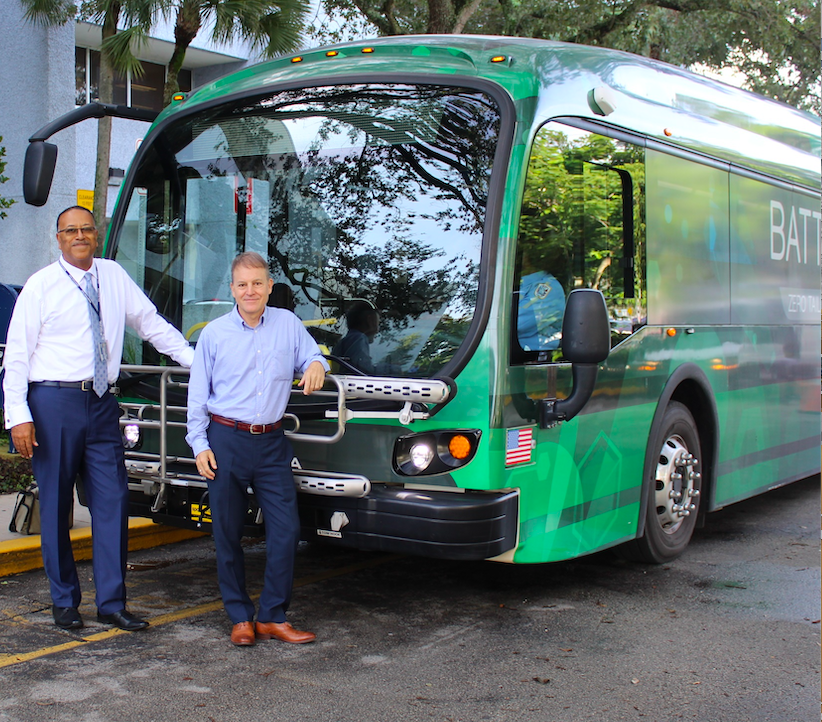Local climate action, exemplified by Broward County, will continue to be a critical piece to reducing carbon pollution in Florida and securing resilient communities.
George Cavros | May 12, 2021 | Climate Change, FloridaWhen it comes to tackling climate change, actions speak louder than words. Nowhere is climate action more evident in Florida than in Broward County – one one of the state’s most populated counties with almost 2 million residents.

Broward County is set to launch its updated 2020 Climate Change Action Plan (CCAP) with the Broward County Commission’s approval on June 1. The 2020 CCAP is an update of the county’s 2015 climate action plan, which in turn built on the 2010 plan. This CCAP focuses on actions to reduce community-wide carbon pollution by 80% by 2050 – and strengthen the resilience of the community by shoring up infrastructure and natural systems.

As a Broward Climate Change Task Force member, I’m proud to be part of the development of the updated CCAP and the role the task force has played in driving policy change since 2008. Culminating a decade of climate action at the local level, the updated Broward CCAP takes a 50-year forward-looking perspective and identifies 125 actions in the areas of policy, transportation, built environment, energy resources, and natural resources.
The science is clear, we must start significantly reducing carbon pollution to avert the worst impacts of climate change – including sea-level rise, which is a clear and present danger to south Florida. We can’t simply adapt our way to a more resilient community without also tackling the source of the climate challenge – fossil fuel emissions. Broward’s 10+ years of action exemplifies local government leadership in laying the groundwork for a cleaner, more equitable energy future.
The CCAP actions will move the community toward a smarter energy future by:
- Cutting waste by increasing the energy efficiency of buildings,
- Expanding renewable energy development and accessibility,
- Electrifying transportation operations,
- Creating incentive programs for solar and electric vehicles, and
- Supporting the weatherization of homes to reduce energy burden.
Broward County has already committed to an all-electric general vehicle fleet by 2030, including its transit bus fleet. And the county is already making great strides in generating its power from solar with 6 megawatts (MW) in solar energy projects spread across 15 sites. It has also formally received an 84.72 MW solar offset for county energy consumption through its participation in the Florida Power & Light SolarTogether program – that’s 64% of the County’s total approved participation of 132 MW.

The Climate Change Task Force was established in 2008 – the formation driven in large part by the late county commissioner and state representative Kristin Jacobs. Broward County is not alone in leading at the local level – filling a void where the governor and legislature have failed to lead on reducing carbon pollution at the state level. In 2009, recognizing that carbon pollution and the climate change impacts are not limited by county borders, leaders in South Florida mobilized to form the Southeast Florida Regional Climate Compact, a bi-partisan partnership between Broward, Miami-Dade, Palm Beach, and Monroe counties, to develop a regional response to the climate challenge on behalf of 6 million residents. Since then, a number of other regional compacts have formed in Florida, including in the Tampa Bay region, the East-Central Florida region, and Southwest Florida.
What actions are your local elected officials taking to tackle the climate challenge? It’s important to know, and to engage with local leaders, because local leadership, like that showcased in Broward County, will continue to play a critical and growing role in reducing state carbon pollution and securing resilient communities throughout Florida.